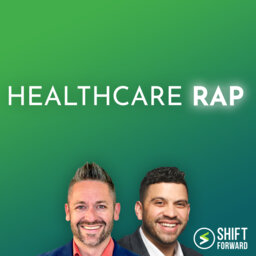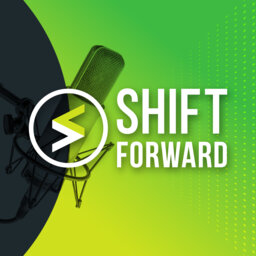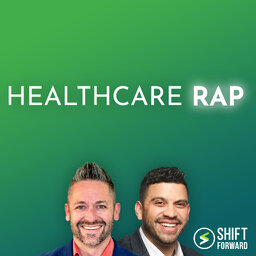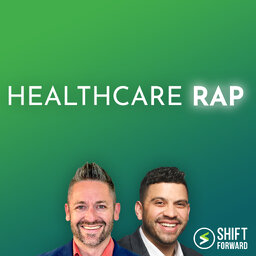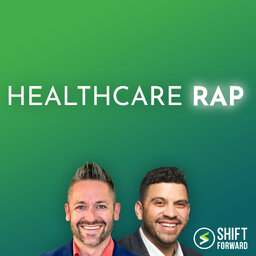Setting Up a Digital Health Transformation Team
Crystal Broj and Franco Cardilllo from the Medical University of South Carolina spotlight digital health transformation teams and how to set them up for success. Get ready for a super tactical discussion from one of the teams that's leading the charge to incorporate digital health into the lives of those who are seeking and providing care.
All that, plus the Flava of the Week about Target rolling out a thousand new wellness products. Does Target see wellness journeys differently than the sick care industry, and how do we pay more attention to the merchandising aspects of healthcare?
This show is produced by Shift Forward Health, the consumer advisory firm that partners with you to operationalize consumer-first health. (#306)
 Shift Forward Health
Shift Forward Health